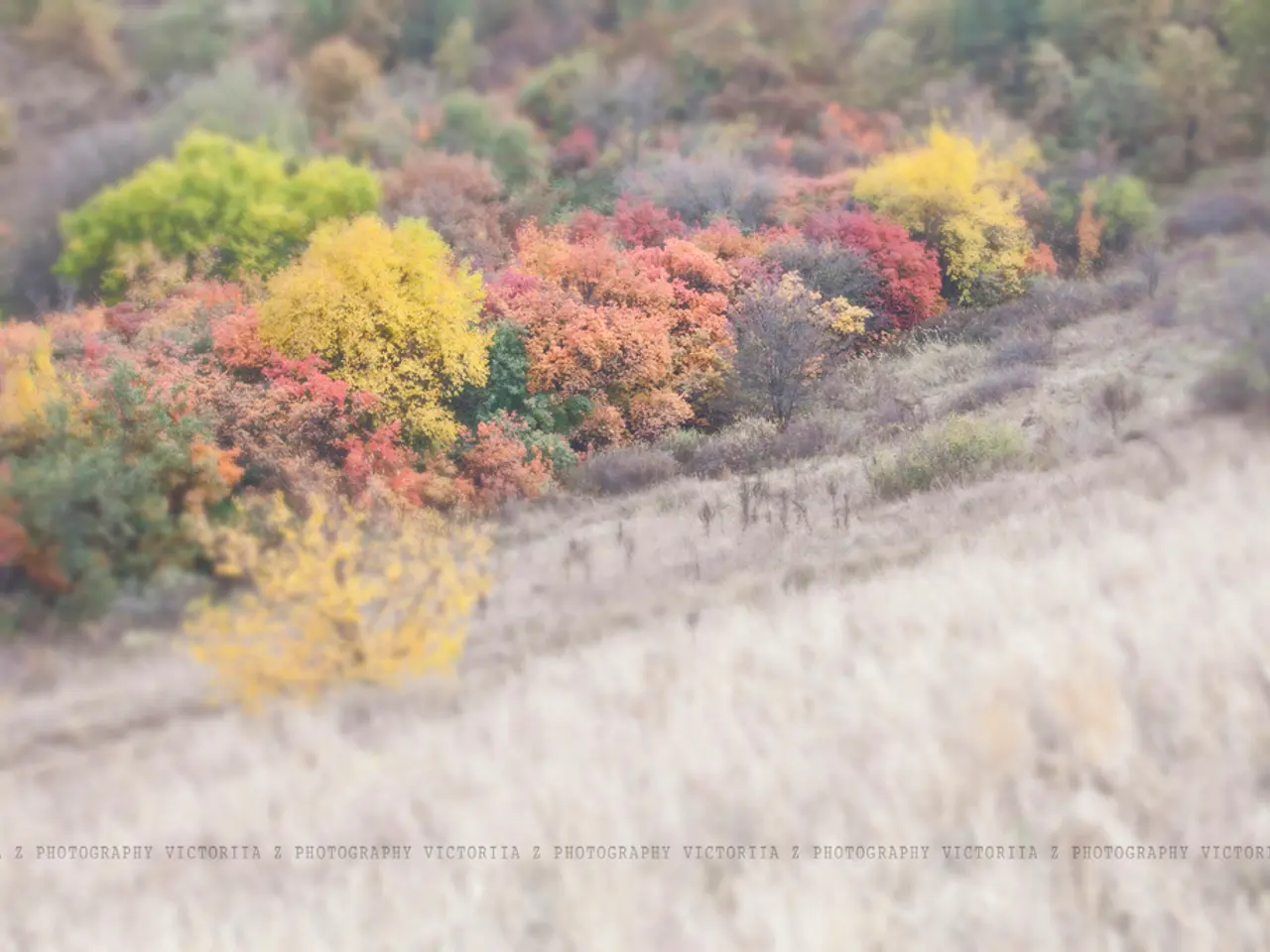Transforming Soggy Soil into Vibrant Gardens: A Guide to Moisture-Loving Plants
Thriving in Damp Ground: Discovering Plants That Thrive in Wet Soil
Winterberry (Ilex verticillata), a deciduous holly native to the eastern United States, is a prime example of a plant that thrives in soggy or wet soil. This versatile shrub can grow up to 8-15 feet tall, depending on the cultivar, and is well-suited to boggy conditions, poorly drained soils, and wet woods.
But Winterberry is not alone in its ability to thrive in wet conditions. A variety of shrubs and perennials can turn soggy or boggy patches into lush, vibrant focal points in your garden. Here are some of the best options:
Shrubs:
- Dogwood, varieties that tolerate wet soil
- Hydrangeas
- Willow, compact varieties like Salix purpurea 'Nana', great for wet sites
- Itea virginica, known for summer flowers and autumn color, fragrant
These shrubs can help transform soggy or boggy areas into attractive, sustainable garden features. To plant them successfully, avoid working wet soil to prevent compaction, plant during drier spells if possible, place root balls slightly above soil surface to prevent rot, and apply mulch to balance moisture and suppress weeds.
Perennials and other moisture-loving plants:
- Astilbe, prefers moist, fertile soils, often found in silty soil
- Cardinal flower (Lobelia cardinalis), thrives in moist, fertile soils, commonly found along riverbanks and marshes, attracting hummingbirds
- Ostrich fern (Matteuccia struthiopteris), grows well in damp, silty soils, ideal for shaded or partially shaded moist garden spots
Incorporating Them Into Garden Design:
- Create a Rain Garden or Bog Garden: Use a shallow depression area to collect runoff, planting moisture-loving shrubs and perennials to naturally filter and absorb water. Deep-rooted plants help capture more water, control erosion, and improve soil health over time.
- Planting Tips:
- Avoid digging in saturated soil to prevent compaction and damage to soil structure
- Plant root balls so they sit just above soil level to reduce rot risk
- Mulching helps regulate soil moisture and reduce weeds
- Combine shrubs like willow and itea virginica with perennials such as cardinal flower for visual interest through seasons
- Design Considerations: Incorporate a mix of textures and colors by combining lush green shrubs and colorful flowering perennials. Position plants to benefit from their natural moisture preferences (sun or shade) and to create year-round appeal.
This approach transforms soggy, poorly drained areas from problem spots into attractive, sustainable garden features that both tolerate and manage wet conditions effectively.
Other examples of plants that thrive in soggy soil include Joe Pye weed, Elephant's Ears, Corkscrew Rush, Japanese Iris, Summersweet, Obedient Plant, Turtlehead, Pickerel Weed, Virginia Sweetspire, Marsh Marigold, Papyrus, Swamp Azalea, Creeping Jenny, Red Osier Dogwood, Horsetail, Buttonbush, and a variety of ornamental grasses.
Amending the soil with organic matter can improve drainage and create a more hospitable environment for a wider range of plants. However, it's important to note that these plants do not tolerate waterlogging, so good drainage is essential to prevent root rot.
Hardy Hibiscus, with their large, dinner-plate-sized blooms, and Buttonbush, which can withstand prolonged deep flooding, are useful additions to gardens in soggy soil conditions.
By choosing the right plants and designing your garden thoughtfully, you can transform soggy soil into a beautiful and thriving garden space.
- Science, specifically environmental science, can provide insights into overcoming challenges like transforming soggy soil into lush gardens, such as suggesting moisture-loving plants.
- Fashion-and-beauty choices, while not typically associated with gardening, can inspire garden design ideas, like combining colorful perennials with lush green shrubs for visual interest.
- Education-and-self-development opportunities exist for those interested in gardening, offering guidance on proper planting techniques to ensure soil health, such as avoiding compaction and correct root placement.
- The food-and-drink industry benefits from some moisture-loving plants, as many of them are found along riverbanks and marshes, providing valuable ecosystem services like purifying water and discouraging erosion.
- Travel experiences may lead to unique plant discoveries, including varieties that thrive in wet or boggy conditions, expanding one's knowledge of environmental species adaptability and diversifying home-and-garden landscapes.








